Formula E's return to China last weekend was long-awaited, however, its chosen venue raised eyebrows ahead of the event.
The Shanghai International Circuit, best known for hosting F1's Chinese Grand Prix, played host to Formula E's inaugural trip to the Chinese city.
It is no secret that the series would have preferred a race in the city itself, rather than 38.4km away by car at a traditional circuit.
Nevertheless, to the Shanghai International Circuit Formula E went, using a revised layout which featured the first half of the actual F1 layout, before cutting to an interesting and twisty infield section.
Unsurprisingly, given the long-sweeping corners, several drivers raised concerns about racing at the venue ahead of the double-header.
The biggest fear, was that it would be the most energy-sensitive race in the history of the Gen3 era. An immediate hurdle had to be overcome after six cars came to a halt on the circuit in the opening minutes of first practice.
A software update from WAE was to blame, leading to a lengthy and bizarre red flag period to kickstart the event.
As far as starts go, this was the worst possible one for the championship on a weekend which clashed with the Monaco Grand Prix and the Indianapolis 500.
Viewed by others:
Saturday
Why this weekend was chosen in the first place is a discussion for another day, but it did mean that Formula E kickstarted the most jam-packed weekend of global motorsport perhaps ever seen.
As has been the case at every permanent venue Formula E has visited recently, qualifying worked. Seeing the cars stepping out on the drivers, going through wide corners at high-speed was thrilling to watch and the closeness of the lap times made it jaw-dropping.
Sunday's final duel between Jake Hughes and Stoffel Vandoorne saw the McLaren driver come out victorious by 0.001s, in what was truly a sight to behold.
Qualifying at Shanghai was most definitely a big fat green tick in the box, but what about the races?
Last Saturday's race was one lap longer than Sunday's and featured the extreme peloton racing which many raised concerns about.
The pace was at times eight seconds down on what was done in qualifying, with the bunched nature of the pack and constant overtaking to preserve energy being tricky to follow even for the most diehard Formula E supporters.
As is often the case when the peloton racing is as extreme as it was last Saturday, there is a three, four-lap period where the racing becomes very aggressive and arguably crosses a line.
The official results taking 17 hours to be announced also did not help given the immense time difference between China and Europe. Qualifying, as is often the case with the peloton, was also irrelevant.
Therefore, was the opening race a tick in the box? Personally speaking, no. That makes it one-one.
Sunday
Moving onto Sunday and, as mentioned, Hughes claimed pole by just one-thousandth of a second! The race was also a lap shorter, which resulted in a completely different spectacle.
Not only was the pace significant quicker – just two to three seconds slower than qualifying in the opening stages – but genuine pace was rewarded.
Qualifying ahead of Sunday's race proved to be critical, as Pascal Wehrlein and reigning world champion Jake Dennis discovered after qualifying poorly.
Wehrlein finished 20th after sustaining a puncture following contact, whilst Dennis finished 11th. The faster pace made reaching the front of the pack from the midfield very difficult, making qualifying towards the front very important.
This has never been the case with the peloton, which raises a further question: was Sunday's race even a peloton? Again, personally speaking, no. Yes there was an element of energy-saving, but the pace never dropped lower than five seconds off what was done in qualifying.
Baring a couple incidents, the race itself was cleaner, easier to follow and full of excellent overtakes and lunges.
As a journalist of the sport and a fan of the series since the very beginning, it was the most enjoyable race Formula E has ever had at a traditional circuit. Sunday's race was very much a tick in the box. Two-one.
There are lesson to be learnt as is always the case with what is still a very young series, but it proved that with the right balance of lap times, purpose-built circuits could work in the future for Formula E. Next stop, where the extreme peloton was born, Portland.
Don't miss out on any of the Formula 1 action thanks to this handy 2026 F1 calendar that can be easily loaded into your smartphone or PC.
Download the calenderMost read
In this article
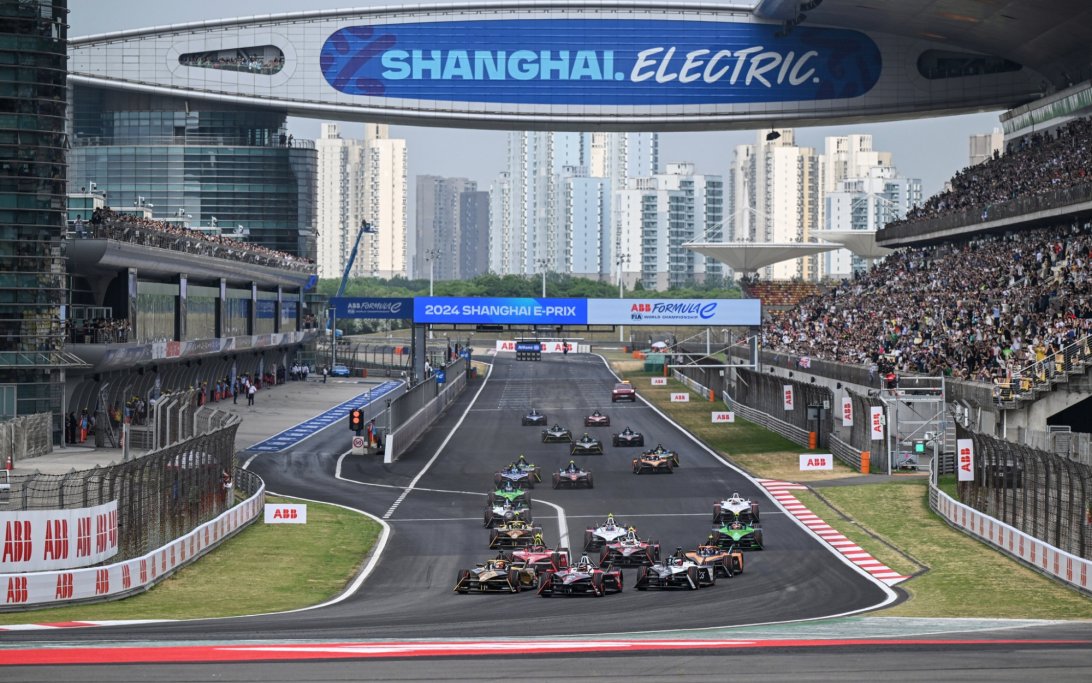
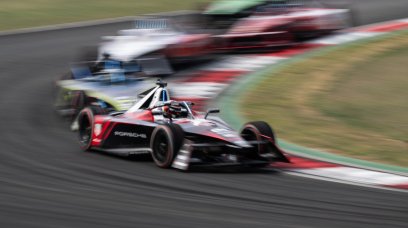
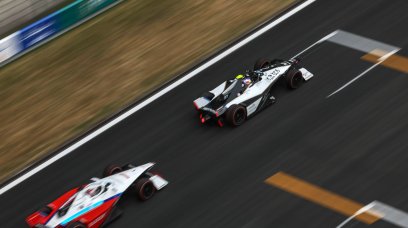
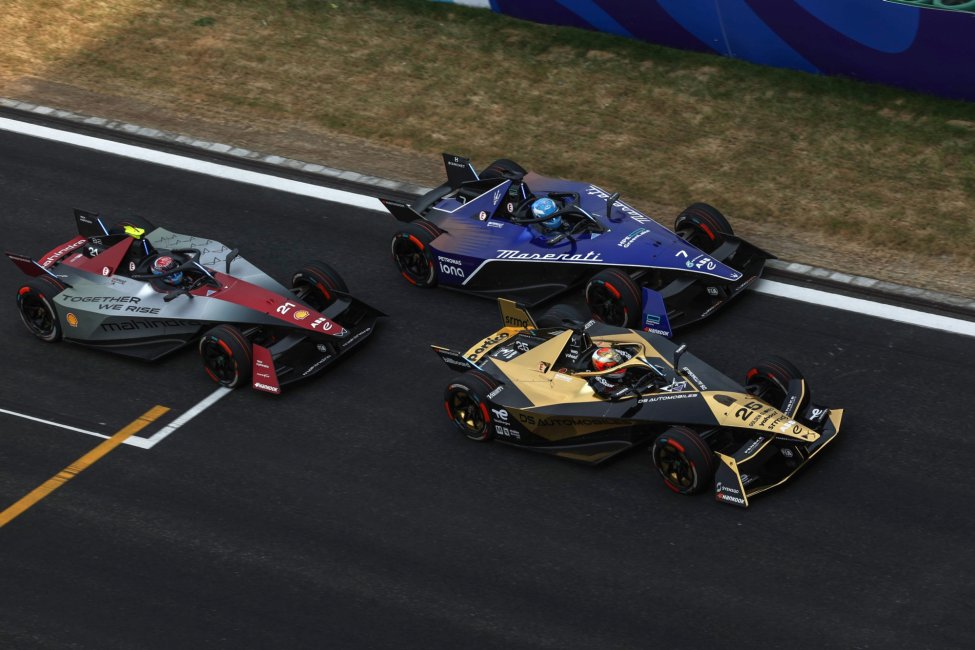





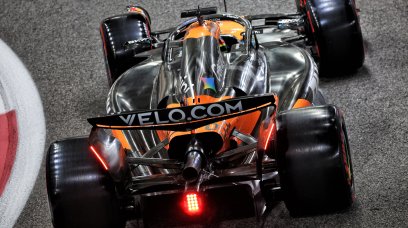
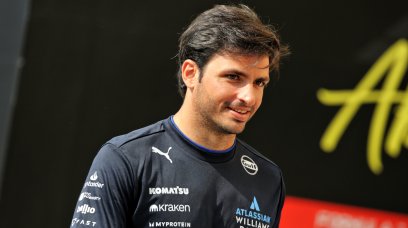
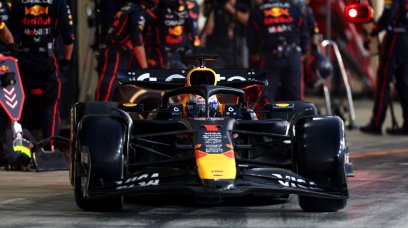
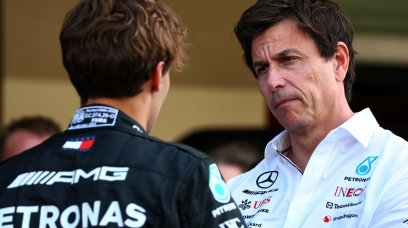

Join the conversation!